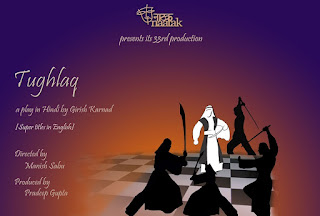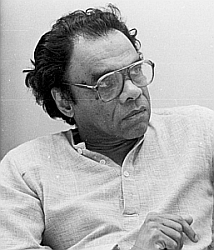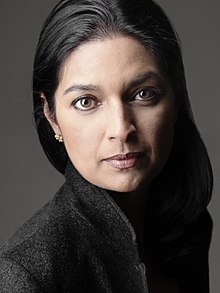Feminist reading
" Feminist reading of Hermione's Character in Harry Potter"
“Feminism” as a singular noun is often seen as a misrepresentation due to the fact that there are so many different types of feminist movements with different goals. Because of this, many refer to the all-inclusive plural noun “feminisms” instead. As a part of several types of “feminisms,” feminist literary criticism embraces subjectivity in literary interpretations. A reader “cannot leave [herself] out of the picture when describing what [she sees] . . . to claim that we are objective, as patriarchy encourages men to do, is merely to blind ourselves to the ways in which we are different.
The feminist ideals in Harry Potter are most easily seen
through the lead female character, Hermione Granger, as she is a manifestation
of the author herself within the text. “Hermione is me,” Rowling has said in
several interviews, “A caricature of me when I was younger”. In first two part
of Harry potter we find Hermione as strong character. Independent and
intellectual girl capable of doing magic better than Harry and Ron. Hermione’s
ability to think clearly under pressure and does not let her emotion control
her. Based on the analysis of challenging the representative of women as
‘Other’, as ‘lack’ and as part of ‘nature’, Hermione has broken the concept as
‘Other’ and as ‘lack’ that put women in negative sides and proven themselves as
equal to men. She also shows us that women are part of ‘nature’; it shows how
women have balance roles with men in the society. They have their own roles
that as important as men.
It is clear that Harry and Ron would not have survived
without Hermione but it feels like she is being used more as a useful tool than
a real person. We not find deep character development of Hermione.
It’s hard to understand what Hermione’s ambitions are. Family background
of Hermione is also not depicted. She belongs to ‘Mud Blood’ it means lower
cast in magical world. One would find majority of male characters into novel
from harry to Voldemort.
Female characters are
not ambiguous. They are either solely on the good side or the bad side. Mrs.
Weasley, Tonks, Professor McGonagall, Aunt Petunia, Luna and Hermione are all
placed firmly on this “good” side. Although they are distinguished characters,
they are by no means ambiguous.
According to Meredith Cherland The binaries of humanism
present us with sets of hierarchical opposites that take their meaning in
relation to each other. Binaries like male/female, rational/irrational,
mind/body, and good/evil are hu- manism's "common sense,". Rowling, for example, often uses a discourse
of rationality to mark male characters as reasonable and a discourse of
irrationality to mark female characters as foolish (one has only to recall the
ways in which Hermione's con- cern for the well being of the house elves is scorned
by Ron and Harry to see these discourses at work). But the Veela episode turns
this familiar discourse up- side down. Rowling uses a discourse of
irrationality (of minds that are "blank," "dazed," and
"vague") to mark Harry and Ron as males made helpless by the sexual
call of the Veela and a discourse of rationality to mark Hermione as a female
untouched by and outside of sexual confusion. gender as a set of two opposites
categories and to support a common-sense view of how the two genders interact
and relate to each other.
Works Cited
Carolyn. An Analysis: Sexism in Harry Potter.
21 October 2017. 16 February 2018
<https://ahundredthousandstories.wordpress.com/2017/10/21/an-analysis-sexism-in-harry-potter/>.
Cherland, Meredith.
"Harry Potter and the Discourse of Gender." Journal of Adolescent
& Adult Literacy 52 (2008, 2009).
Feminist Characters
In Harry Potter. 4 December 2005. 16
February 2018 <https://hp-essays.livejournal.com/115051.html>.




Comments
Post a Comment